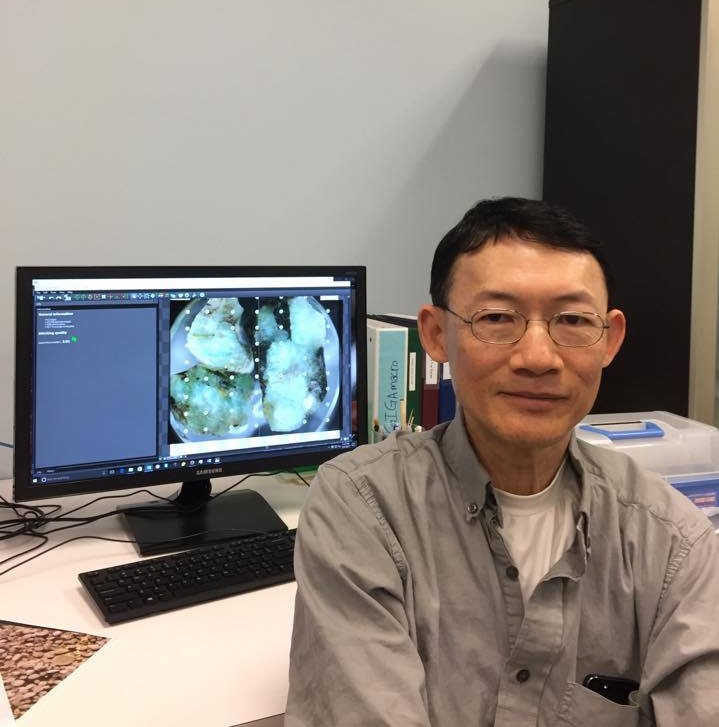
Warren is a past student at Global Magmatic and Tectonic Laboratory. Magmagenesis in subduction zone begins with the melting of peridotite in the mantle wedge under hydrous-depressed solidus. The geochemical signature of this melt can be modified by the crustal processes of magma fractionation, magma mixing, crustal melting and assimilating/rehomogenizing. These processes can be identified and interpreted as part of the overall chemical signal that is measured in the extrusive and intrusive lavas of the convergence arc. There is now enough lava data available to address this question statistically. He develops methods to extract from geochemical dataset trends and structures that exist within the variable erupted lava chemistries. Regression and smoothing techniques are used to expose long wavelength geochemical variations along strikes of arcs. A suite of these variation curves is proposed to characterize an arc and basic information of the overlying crust is addressed. For example, crustal thickness is correlated to the trace element ratio Rb/Sr (Dhuime et al., 2015). Constructing a regressed curve of this ratio from collected lava samples of an arc gives estimate of crustal structure along arc strike. These can be compared with geophysical measurements or, in cases where geophysics is not available, are proposed as predictive models. He also incorporates statistics methods to do geochemical modeling of crustal processes– fractionation, assimilation, etc. Results of which are compared to large dataset of observed lava suite to correlate with crustal features.
